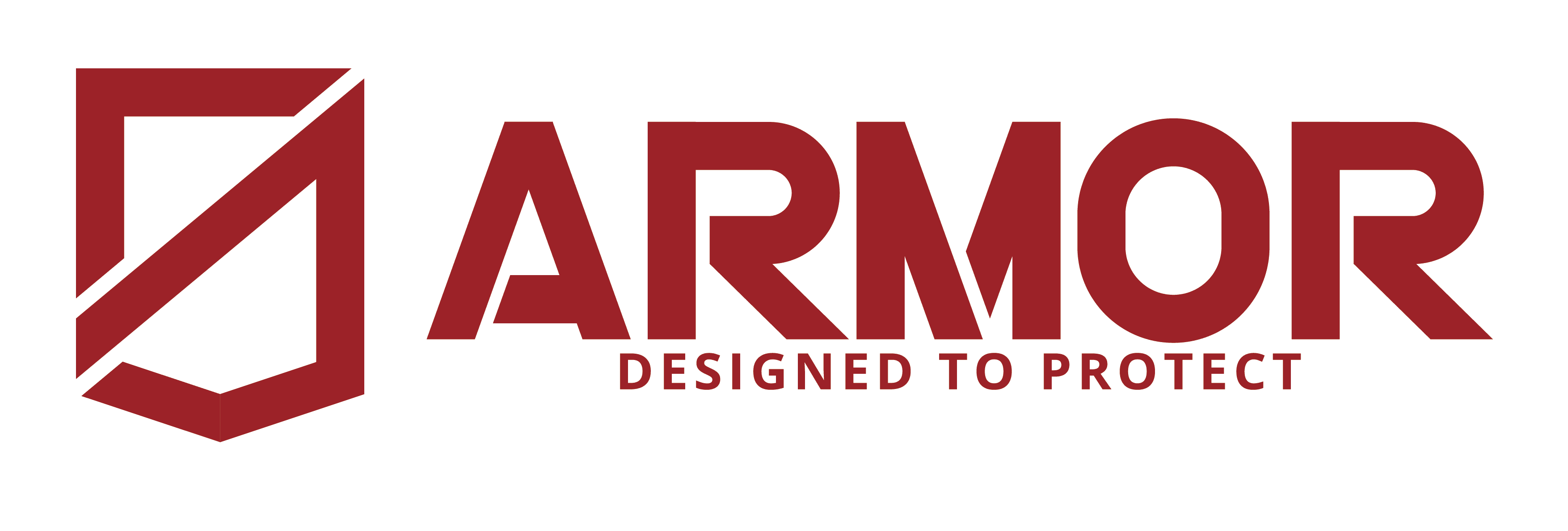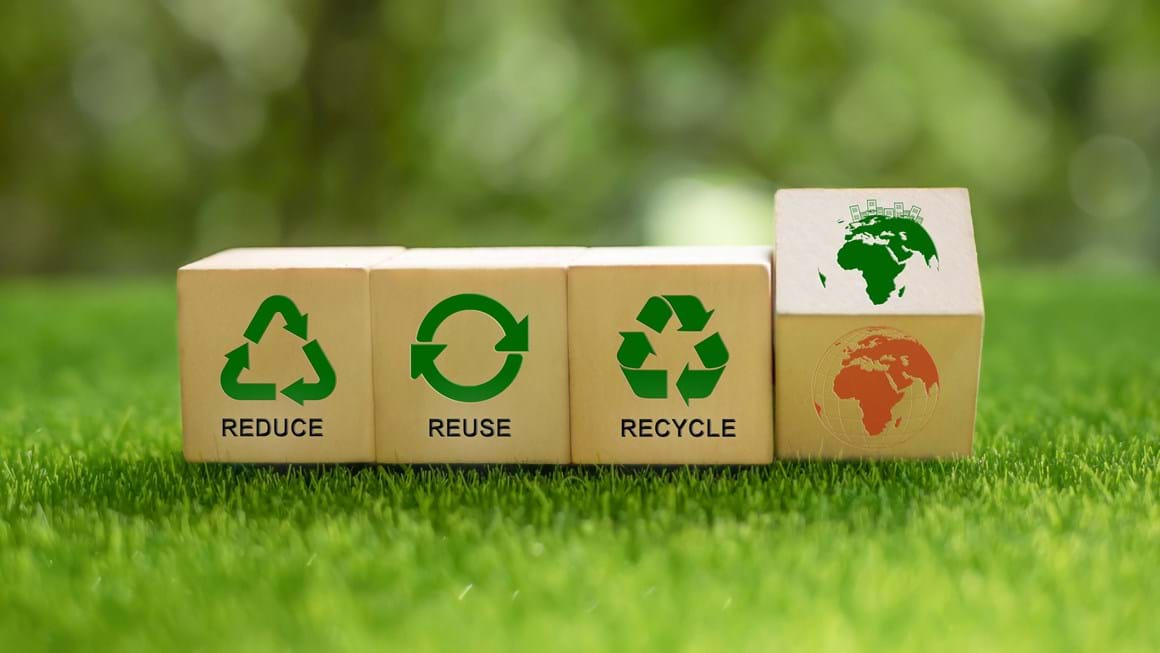Since its inception, van lining has undergone remarkable changes, transitioning from a simple protective measure to an essential feature packed with advanced functionalities. Over the years, technological advancements, material innovations, and industry demands have shaped the development of van lining, making it an indispensable component for commercial and personal vehicles.
Initially, van lining was focused solely on providing basic protection for the interior of vehicles. Early solutions used basic wooden panels to prevent damage from shifting cargo. These materials offered minimal durability and lacked specialized features, primarily serving as a buffer against scratches, dents, and minor impacts. However, as the needs of vehicle owners evolved, so did the materials and techniques used in van lining.
From Simple Wood to Specialized Materials
The shift from standard wood panels to more durable materials marked a turning point in van lining. Marine-grade plywood became a popular choice, offering water resistance and strength, ideal for businesses operating in demanding environments. Over time, materials like polypropylene plastic gained traction due to their impact resistance, lightweight properties, and ease of maintenance.
These innovations addressed challenges like cargo damage, wear and tear, and exposure to moisture, setting the stage for van lining to evolve beyond just protection into a tool for enhancing operational efficiency.
Integration of Advanced Features
Modern van lining solutions incorporate advanced features that cater to diverse industries. Insulated linings, for instance, have become crucial for businesses transporting perishable goods, such as food and pharmaceuticals. Insulated panels help maintain stable temperatures, ensuring cargo quality while meeting regulatory requirements.
Similarly, non-slip flooring has emerged as a safety feature, reducing the risk of accidents caused by shifting loads or slippery conditions. These advancements not only enhance functionality but also contribute to overall vehicle safety and performance.
Focus on Sustainability
With the rising emphasis on sustainability, van lining has adopted eco-friendly practices. Recycled materials, like polypropylene panels made from recycled plastics, are now widely used. Marine-grade plywood sourced from sustainable forestry is treated with environmentally safe adhesives, promoting green practices while maintaining durability.
Water-based adhesives have also replaced traditional options, reducing harmful emissions and supporting healthier work environments. These sustainable choices resonate with consumers who prioritize eco-conscious businesses, enhancing brand reputation and customer loyalty.
The Digital Age of Customization
The advent of computer-aided design (CAD) software like SolidWorks has allowed manufacturers to deliver precision-engineered van linings tailored to specific vehicle models. Ready to Install linings maximize protection and ensure seamless installation. While customization is a modern feature, it remains limited to select manufacturers due to its complexity.
Future Trends
As van lining continues to evolve, we can anticipate further integration of technology, such as smart linings embedded with sensors to monitor cargo conditions or advanced materials that combine durability with ultra-lightweight properties. These innovations will likely redefine the role of van lining, making it a critical element of vehicle performance and efficiency.
In conclusion, van lining has come a long way from its humble beginnings as a basic protective measure. Today, it serves as a sophisticated solution offering advanced features like insulation, safety enhancements, and eco-friendly materials. With a continued focus on innovation and sustainability, the future of van lining promises even greater possibilities for businesses and vehicle owners alike.
Contact us to get more information about our product and services.

